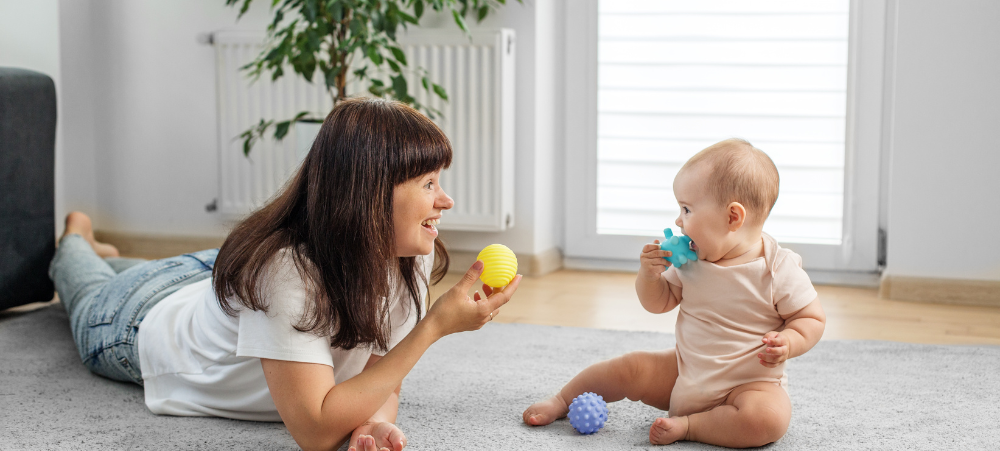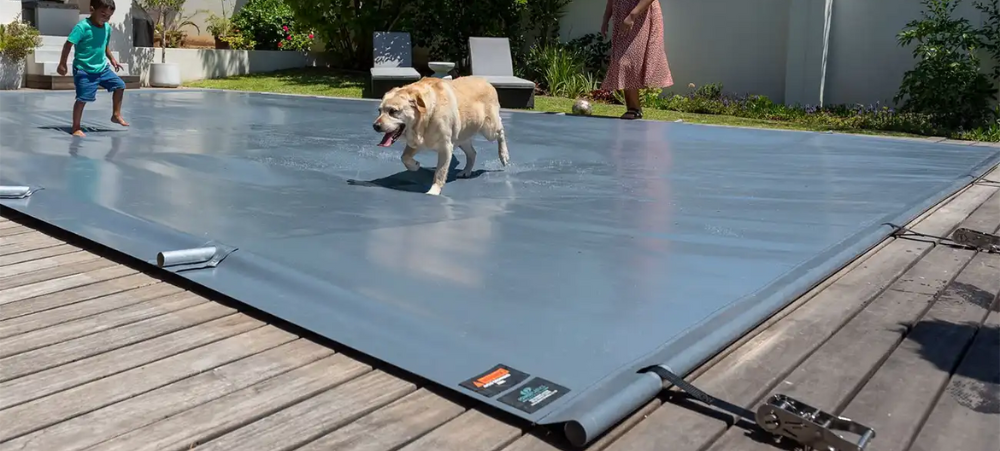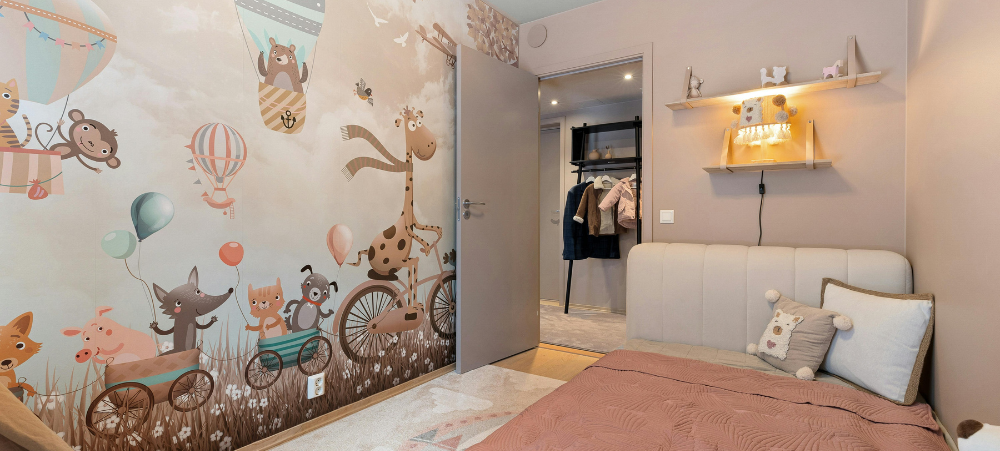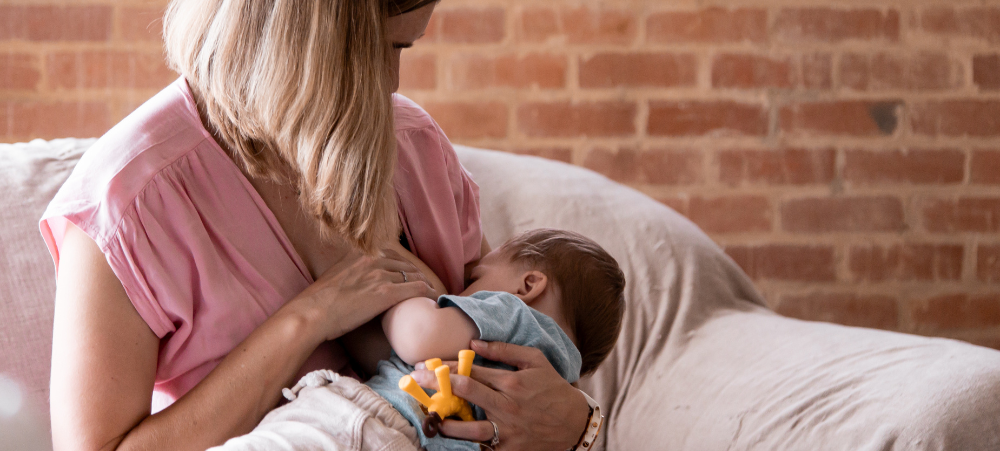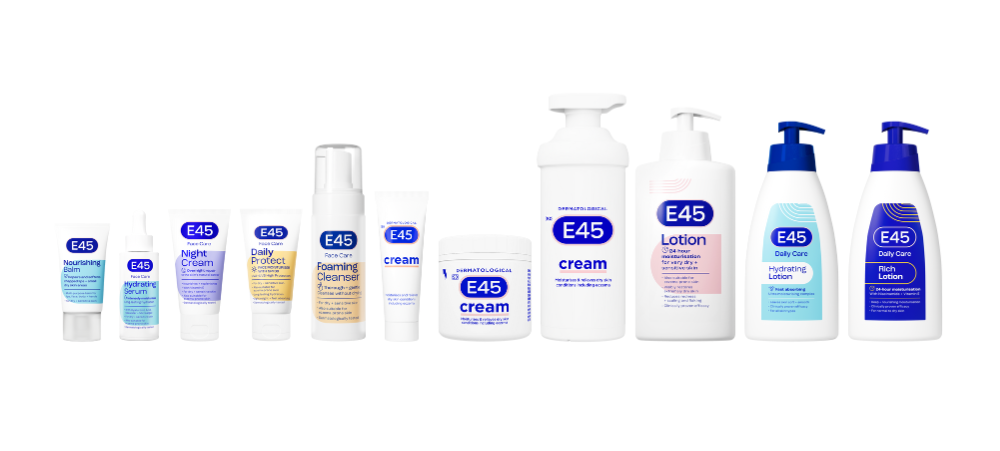
Why do I need to stimulate my baby from a young age
Parents to be, have the unique opportunity to create a better brain for their unborn child from day one. When a baby is born she born with unlimited potential but the experiences she has in her life will determine the outcome of that potential. Experience = learning. No experience = no learning. Lots of experience = optimal learning. Your unborn children will face many different challenges to you. In all likelihood they will be working in fields that have not even been developed yet. You will have very little knowledge of what they are doing, as it will not be part of your frame of reference. We as parents need to equip them with the best tool (a ready brain) to deal with this onslaught. There are very simple things that you as a parent can do to help ensure that your child is equipped to deal with the challenges that may face her. In order for you to understand this we need to go back and look at the brain. The brain is made up of three layers (Triune model) these layers have a window of opportunity to develop to their full potential. A window of opportunity is just this brief period that we have for optimum development of that part of the brain. The first layer is the primal survival brain – the fight or flight centre of the brain. The next layer is our emotional brain – here we learn to love and care and feel. The last layer is the thinking brain or the cortex. The first window of opportunity is during the first 14 months from birth; during this time we need to stimulate the survival brain in order to create strong muscles so that we can send messages to them that they will respond to in the correct way. We do this through encouraging movement. Once we stimulate the senses the message has to travel via neurochemical pathways (roots) to the muscles to react. How do we create these neurochemical pathways in the brain? By allowing our babies freedom to move and explore. Nothing is more detrimental to a child’s development than being cooped up in a chair or stroller for the better part of the day. Simply by stimulating the senses through massage and exposing them to different experiences during these crucial 14 months, you are creating the networks (roots) that she will need to help her learn and help her reach her full potential. By repeating the actions you are creating the insulation (myelin) that makes it permanent. Repetition is good for a child, it is how they learn. The next window of opportunity is from 14 months to 4 years and during this time your child will be working on the emotional brain. This area of the brain processes feelings and emotions. This is the glue that holds the survival brain and the cortex together. We have to keep our emotional bucket full in order for learning to take place. Only between 4 and 11 years will the thought processes be laid down. This is the area of the brain that focuses on language, creativity, thought etc. As parents we can create a whole brain experience with an excellent root system that allows messages to come through easily to the brain just by stimulating our children. It is imperative to enrich a child’s brain with as much experiences as possible during these windows of opportunity.









